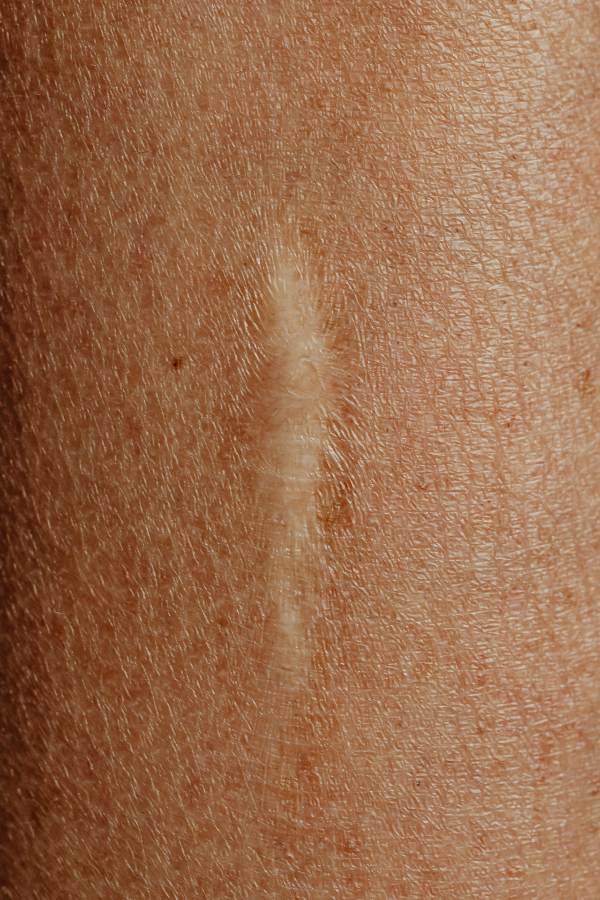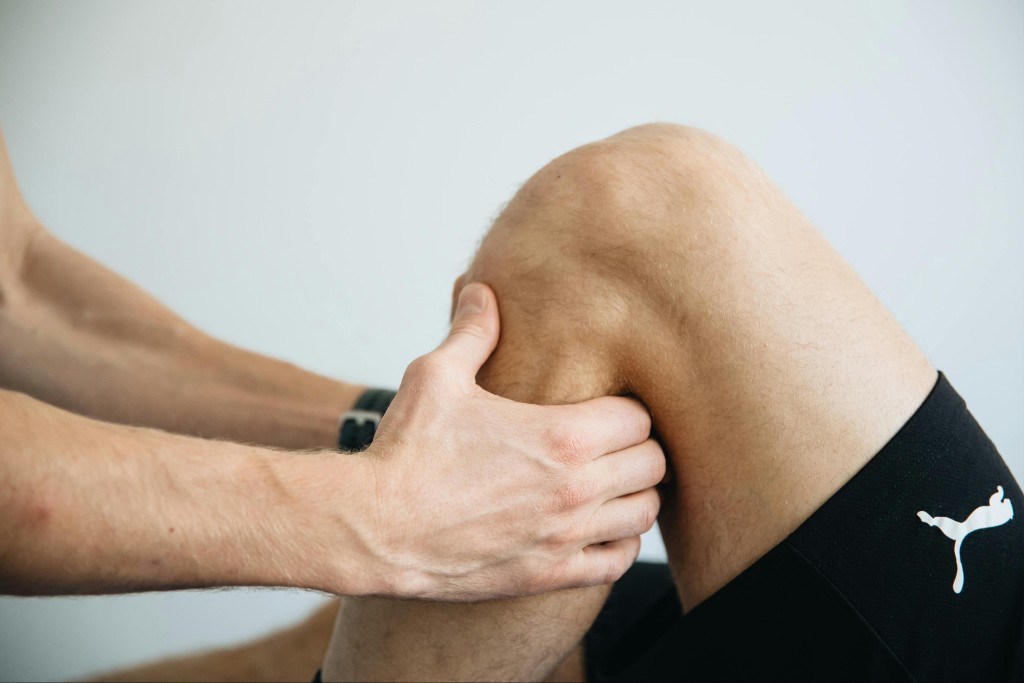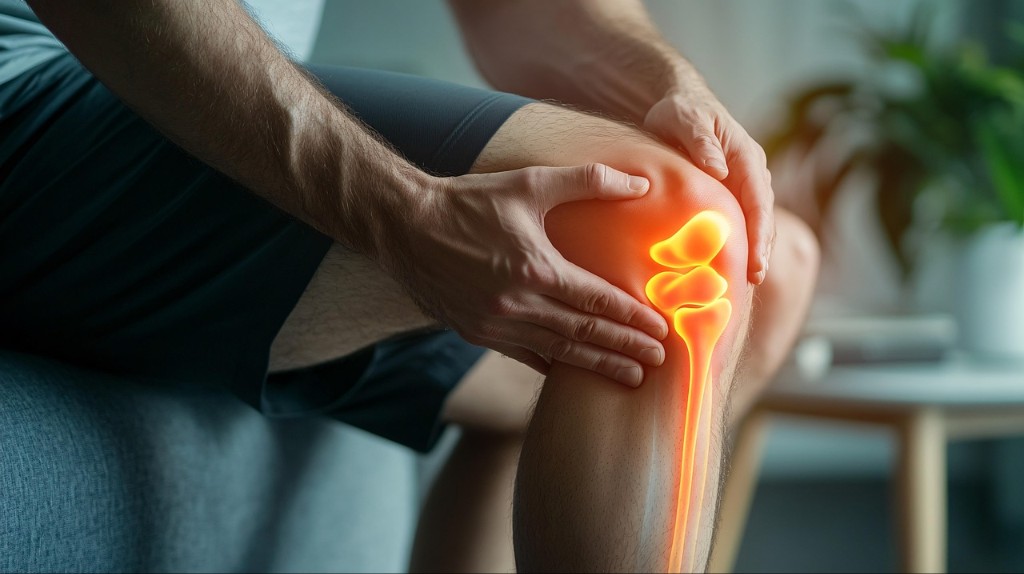According to medical data, neuropathy affects millions of people worldwide, impacting their quality of life. Traditional treatment options may not always offer satisfactory results, leading individuals to explore alternative therapies. Recent studies have suggested that shockwave therapy could be an effective method for managing neuropathy without the burdens of costly prescriptions or the side effects of medication.
In this blog post, we’ll investigate:
- Causes of Neuropathy
- Benefits of Shockwave Therapy for Neuropathy
- How Shockwave Therapy Works
- What is a Shockwave?
- How do Shockwaves Treat Neuropathy?
- Types of Shockwave Therapy
- Who is a Good Candidate for Shockwave Therapy?
- The Shockwave Therapy Procedure
- Shockwave Therapy Side Effects
- The Best Shockwave Therapy for Neuropathy
Causes of Neuropathy

Neuropathy is a term used for nerve damage, and it can have multiple causes. Here are some of the common causes of neuropathy:
- Diabetes: Long-term high blood sugar levels can damage the nerves, leading to diabetic neuropathy.
- Chemotherapy: Some chemotherapy drugs can cause peripheral neuropathy.
- Physical trauma: Injuries or accidents can cause nerve damage.
- Autoimmune diseases: Conditions such as lupus and rheumatoid arthritis can cause neuropathy.
- Vitamin deficiencies: Lack of vitamins, especially B12, can damage the nerves.
- Medications: Certain medications can have neuropathy as a side effect.
- Chronic infections: Infections such as Lyme disease can cause nerve damage.
- Genetic disorders: Certain inherited disorders can cause neuropathy.
It’s important to note that these are just some of the most common causes of neuropathy. If you are experiencing knee pain, you can learn if your condition is suitable for treatment and try shockwave therapy with our New Patient Special.
Benefits of Shockwave Therapy for Neuropathy
Shockwave therapy emerges as a promising non-invasive alternative for treating neuropathy. This therapy employs high-energy shock waves to stimulate the body’s natural healing process in the damaged nerves. Here are the benefits of using shockwave therapy for neuropathy:
Accelerated Healing
Shockwave therapy encourages the body’s natural healing process by using high-energy sound waves. It helps in the repair of damaged nerves and improving circulation in the affected area, which is particularly beneficial for those suffering from neuropathy.
Reduced Dependency on Medications
Traditional treatments for neuropathy often include medications that can have undesirable side effects. Shockwave therapy is a drug-free alternative that can decrease the need for pain medication or other treatments, making it an appealing choice for those seeking non-pharmaceutical options.
Improved Quality of Life
Neuropathy can significantly affect an individual’s quality of life by causing pain, numbness, or weakness. Shockwave therapy can alleviate symptoms, enhance mobility, and enable individuals to regain normalcy in their daily activities.
Non-Invasive and Safe
Shockwave therapy does not involve any incisions or anesthesia and has a low risk of complications, which makes it an ideal option for those who wish to avoid invasive procedures.
Overall, shockwave therapy is a promising treatment option for those suffering from neuropathy.
Considering Shockwave Therapy?
Try SoftWave Therapy for just $69. Non-invasive healing that reaches deeper.
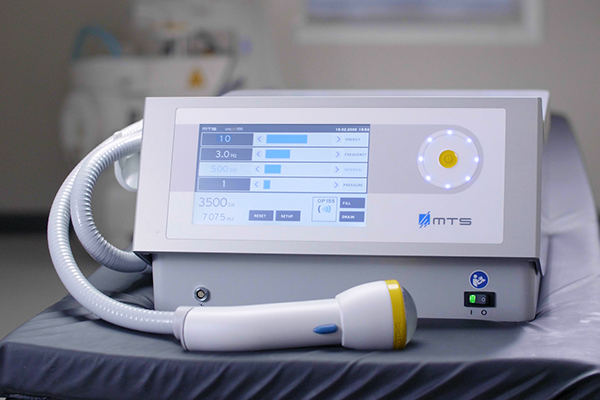
How Shockwave Therapy Works
Shockwave therapy is a non-invasive treatment that uses high-energy acoustic waves to stimulate the body’s natural healing process. Here’s how it works:
What is a Shockwave?
Shock waves are rapid acoustic pulses that consist of a high-pressure surge followed by a comparatively lower-pressure trough. These phenomena are a part of our everyday life and can be produced by various sources such as supersonic aircraft, explosions, lightning, earthquakes, or any other event that causes a change in air pressure.
How do Shockwaves Treat Neuropathy?
A device is used to generate and safely deliver shockwaves to the affected area. These shockwaves can promote healing at the cellular level, improve blood supply, and trigger the body’s natural healing process, which is crucial in treating nerve damage due to neuropathy.
Types of Shockwave Therapy
There are several types of shockwave therapy, including radial shockwave therapy (RSWT), focused shockwave therapy (FSWT), and acoustic wave therapy (AWT).
Radial Shockwave Therapy uses a hand-held device that applies pressure waves to the skin’s surface. This type of shockwave therapy is a popular option for treating conditions like plantar fasciitis and Achilles tendinopathy. When applied to areas affected by neuropathy, it may help in improving circulation and reducing pain and numbness in the extremities.
Focused Shockwave Therapy uses a device that delivers high-intensity shockwaves directly to the affected area. This type of shockwave therapy is often used for treating chronic conditions like bone fractures that are slow to heal. In the context of neuropathy, focused shockwave therapy can be targeted at nerve tissues, potentially promoting regeneration and reducing symptoms.
Acoustic Wave Therapy uses a device that delivers low-intensity shockwaves to the affected area. For patients with neuropathy, this therapy can be used to improve blood flow, reduce pain and inflammation, and promote nerve healing. It is considered a gentler option compared to high-intensity shockwaves.
broad-focused Shockwave Therapy delivers high-intensity shockwaves that penetrate a wider and deeper area of tissue (7cm x 12cm) compared to focused shockwaves (1cm x 12cm) or radial waves (2cm x 2cm). This can be particularly effective for neuropathy as it can address nerve damage over a broader area. SoftWave is a type of broad-focused shockwave treatment available in the US. It might require fewer sessions compared to radial or focused shockwave treatments.
Who is a Good Candidate for Shockwave Therapy?
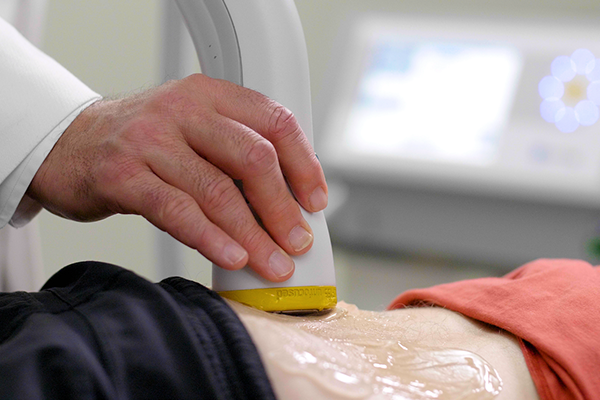
Some factors that make a patient a good candidate for shockwave therapy include:
- Patients with chronic neuropathic pain
- Patients with limited success with other therapies
- Patients who prefer non-invasive treatment options
Patients suffering from chronic neuropathic pain, which may manifest as tingling, numbness, or a burning sensation in the extremities, may find shockwave therapy a viable treatment option. This includes those with conditions such as diabetic neuropathy, postherpetic neuralgia, and other forms of peripheral neuropathy. In cases where traditional treatments such as medication and physical therapy fail to provide significant relief, shockwave therapy may offer a promising alternative.
Moreover, patients who have undergone other therapies with limited success may also benefit from shockwave therapy for their neuropathy. These may include individuals who have tried multiple conservative treatment options without experiencing adequate symptom relief.
For patients who prefer non-invasive treatments, shockwave therapy offers a non-surgical approach that does not require incisions or anesthesia. This can make it an attractive treatment option for those who wish to avoid more invasive procedures or who have concerns about the side effects of medications.
The Shockwave Therapy Procedure
Understanding what to expect during a shockwave therapy session is critical when considering this treatment for neuropathy:
- Preparation: Ultrasound gel is applied to the treatment area before placing the shockwave device on the skin.
- During the Procedure: Patients will feel a tapping or pulsing sensation as shockwaves are delivered. While some may experience mild discomfort, anesthesia is typically unnecessary.
- Post-procedure: After a session of about 10-15 minutes, normal activities can typically be resumed immediately, with some doctors advising against high-impact exercises for 24-48 hours.
New Patient Special
Try SoftWave for just $69 at a clinic near you. No drugs. No surgery. Just relief.

Shockwave Therapy Side Effects
While shockwave therapy is generally safe, like any medical procedure, it carries a slight risk of side effects, including:
- Mild pain or discomfort during or post-treatment
- Swelling or bruising
- Skin irritation or redness
- Temporary numbness or tingling
Most side effects are usually mild and short-lived, allowing patients to return to their regular activities immediately after the procedure.
FDA-cleared SoftWave is a safe and effective shockwave therapy for neuropathy. Side effects from SoftWave are minimal and non-restrictive. It does not cause bruising or swelling, and any slight redness or soreness typically subsides within one to two days.
The Best Shockwave Therapy for Neuropathy
Are you looking for safe, reliable, and effective relief from neuropathy?
SoftWave therapy is FDA-cleared, patented, and nationally recognized for its leading tissue regeneration technology. Unlike other types of high-energy shockwave treatments, SoftWave is the only shockwave therapy on the market that uses true broad-focused shock waves that treat larger and deeper areas of tissue.
Thousands of patients have experienced the benefits of SoftWave for neuropathy,, including:
- Little to no side effects
- Short treatment time
- Quick recovery
- Long-lasting results
Find a SoftWave Therapy provider near you or learn more about SoftWave and whether or not you’re eligible for full treatment today!
New Patient Special
Try SoftWave for just $69 at a clinic near you and learn if you’re a candidate for full treatment


